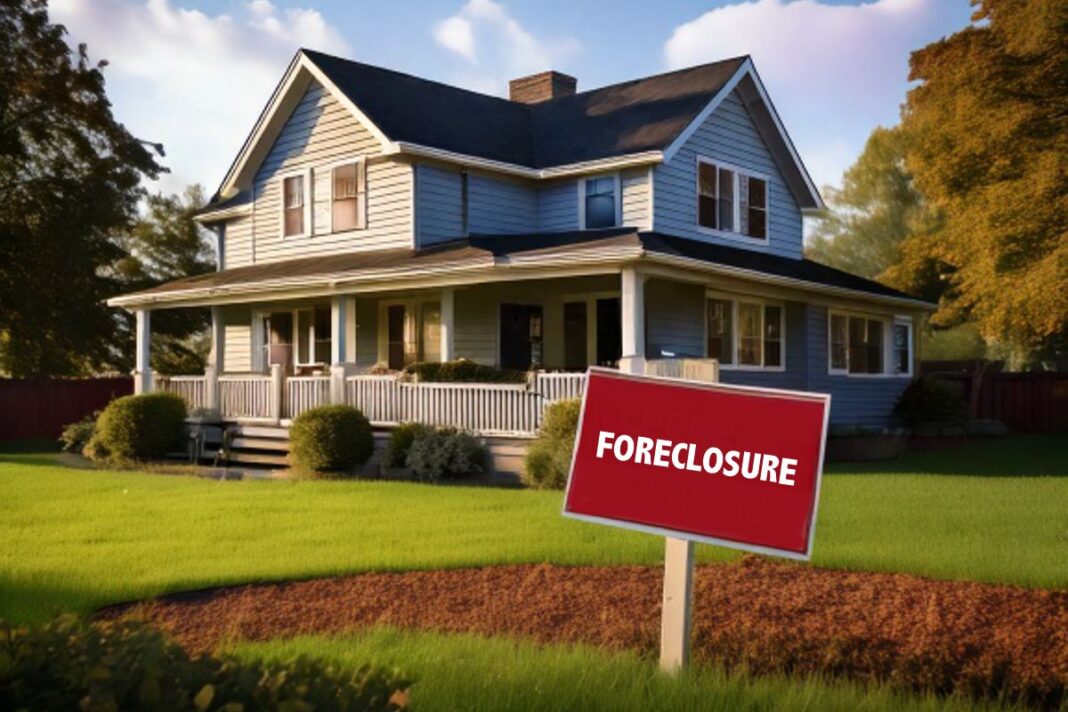After three straight quarters of declines, foreclosures for the first quarter of 2025 also rose.
The number of properties foreclosed in March as well as the first quarter of this year registered an increase amid elevated interest rates, according to real estate data company ATTOM.
“There were a total of 35,890 U.S. properties with foreclosure filings in March 2025,” the company said in an April 11 statement. “That figure was up 11 percent from February 2025 and up 9 percent from March 2024.”
This continues the month-over-month rising trend seen in February and January. For the first quarter of 2025, there were a total of 93,953 filings, up 11 percent from the fourth quarter of 2024.
“Following three consecutive quarters of decline, foreclosure activity ticked up in the first quarter of 2025,” ATTOM CEO Rob Barber said, adding that there was “notable growth” in both foreclosure starts and completions.
“While levels remain below historical averages, the quarterly growth suggests that some homeowners may be starting to feel the pressure of ongoing economic challenges. However, strong home equity positions in many markets continue to help buffer against a more significant spike in distress.”
The rise in foreclosure filings for the first quarter came as mortgage rates continued to remain elevated, putting pressure on homeowners.
The rate on a 30-year-fixed-rate mortgage has remained above 6.5 percent for every single week in the first quarter.
High mortgage rates can raise monthly payments for certain homeowners, like those who have taken loans at variable rates. This could squeeze them financially, potentially pushing some into foreclosures.
Among the 225 metropolitan statistical areas with a population of at least 200,000 people, Columbia, South Carolina, saw the highest foreclosure rate in the first quarter.
This was followed by Lakeland, Florida; Bakersfield, California; Riverside, California, and Chico, California, rounding up the top five.
Some rate relief for homeowners may be coming.
“We think mortgage rates will move even lower within the next quarter and ultimately close the year at approximately 6.3 percent,” said Mark Palim, chief economist at Fannie Mae.







